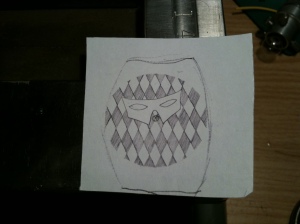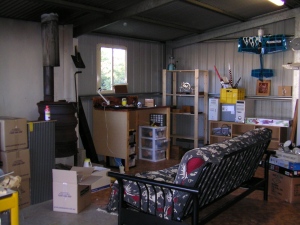In September 2010 a work colleague was lucky enough to find a source in Switzerland of “watch kits” using the ETA 6498 movements, these kits usually come with a case, dial, hands and movement in the grade of your choice, while I would have preferred not to, I still had not found a movement available locally cheap enough or in a quantity sufficient to practice movement plate making on (the Vulcain 90 movement I obtained and measured is really too good to work on in the hope it all works the first time) so I placed an order for 4 of the base level of movement, reasoning that once I have plates that work, I can upgrade to the top grade at a later point for the better hairspring, balance and escapement (and throw away the decorated plates). Even for these 4 movements it cost the same as it would have to obtain 1 locally!
I set about measuring all of these components (getting good at this bit 🙂 ) and re-drawing them in a basic form in the computer, to rearrange their layout into the barrel shaped movement I had planned out earlier.
In December 2010 I discovered that I would be sent to Switzerland early in 2011, and reasoned that it would be good if I had a nice watch to wear while over there, I also found out that I would miss the SIHH/GTE 2011 by arriving a few weeks after it finished, and miss Baselworld 2011 by leaving a few weeks before it would start.. Doh!
With a firm deadline now on the cards, I started fine-tuning my design, was about half way through, then realised there was no way that I would be able to obtain a glass for the front of a barrel shaped case in the timeframe available (the parts supply outlets that I would use are closed over Christmas / early January and with any sort of lead time it would be marginal at best). To this end I started re-designing the movement to fit a round case, using a variant on the bridge design that I prefer (called the Batman bridge by more than a few now)
On the 28th of December, I finished the layout of the movement (during the Christmas / New Year break), and started programming the machining to be done on my mill.



















